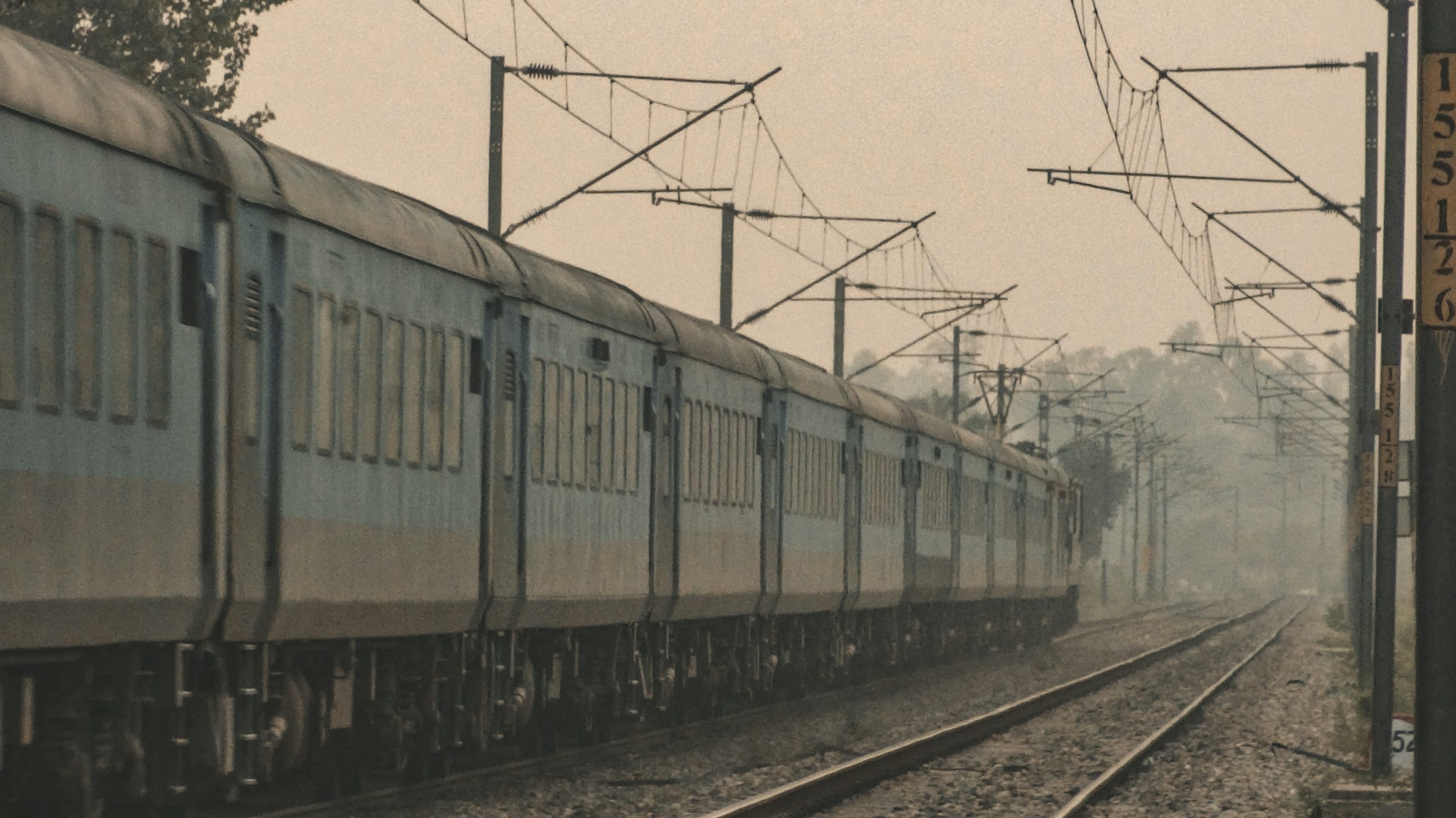The rail industry has undergone significant changes over the years, from the advent of steam engines to the emergence of high-speed rail. As technology and society continue to evolve, the rail industry has had to adapt to stay competitive and meet the needs of consumers.
One of the most significant shifts in the rail industry has been the move from steam engines to diesel and electric locomotives. Steam engines, which were once the primary mode of transportation for both passengers and cargo, were gradually phased out as diesel and electric locomotives offered faster, more efficient, and less polluting transportation.
The transition to diesel and electric locomotives was not without its challenges, as many railway workers lost their jobs as a result of the shift. However, the move allowed the rail industry to become more efficient, reliable, and cost-effective, making it a more attractive option for both consumers and businesses.
Another major shift in the rail industry has been the emergence of high-speed rail. High-speed rail has revolutionized the way we travel, offering a faster and more convenient alternative to air and car travel. High-speed rail systems are now in operation in many countries, including China, Japan, France, and Spain, and plans are underway to expand high-speed rail networks in other parts of the world.
High-speed rail has also brought significant economic benefits to the regions it serves, helping to stimulate tourism and business development. However, the implementation of high-speed rail systems can be costly and complicated, and there are challenges to overcome, including the need for extensive infrastructure development and funding.
The rail industry is also shifting towards more sustainable and environmentally friendly practices, with many rail companies looking to reduce their carbon footprint and improve energy efficiency. This has led to the development of hybrid and electric locomotives, as well as initiatives to reduce waste and improve recycling.
As the rail industry continues to evolve, it will be interesting to see what new shifts and developments emerge. The industry plays a vital role in transportation and commerce, and it will continue to be a critical part of our society and economy for years to come.










